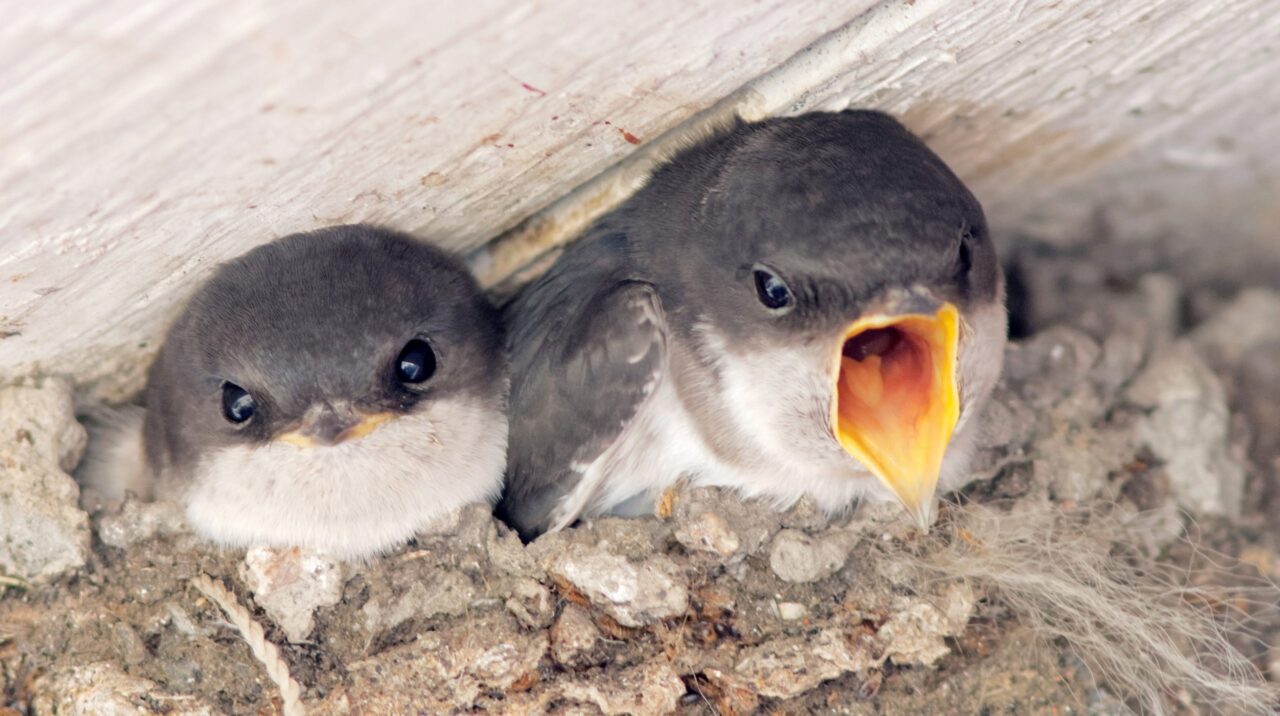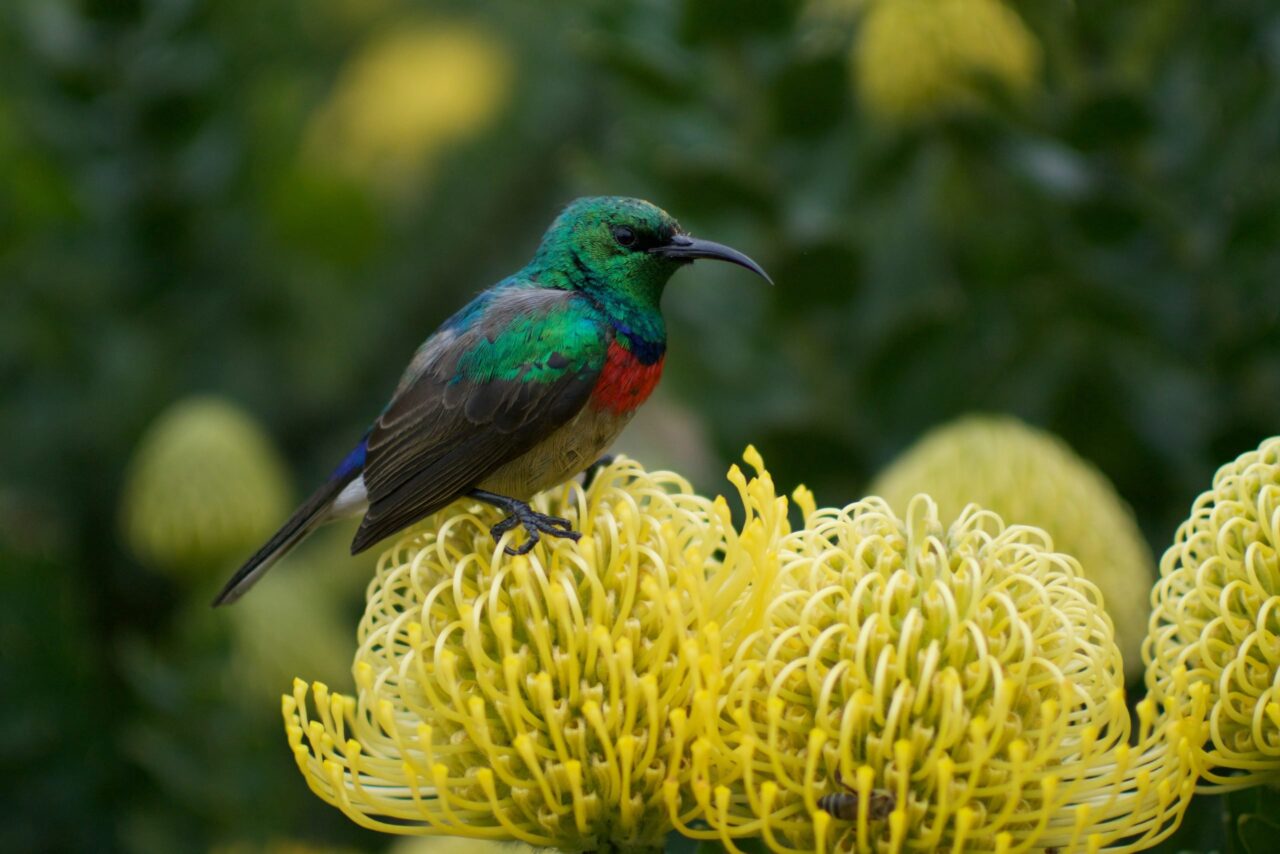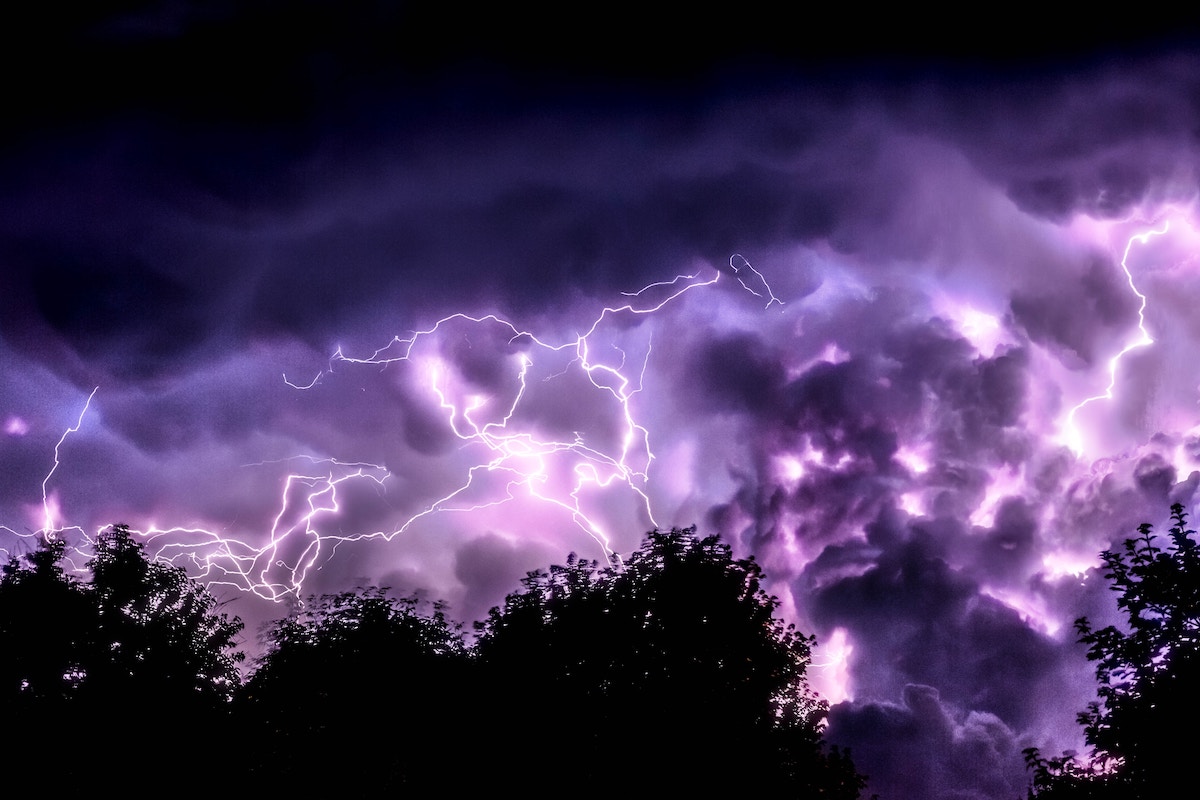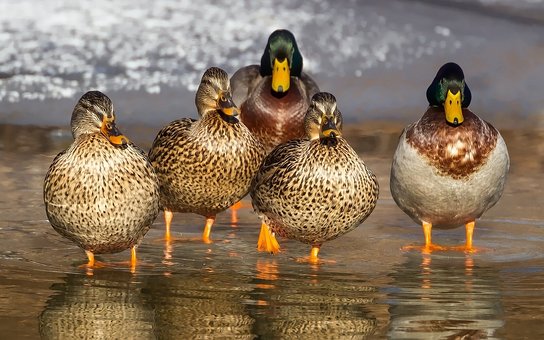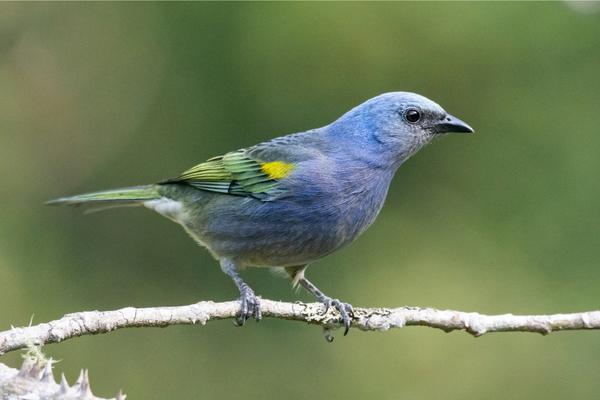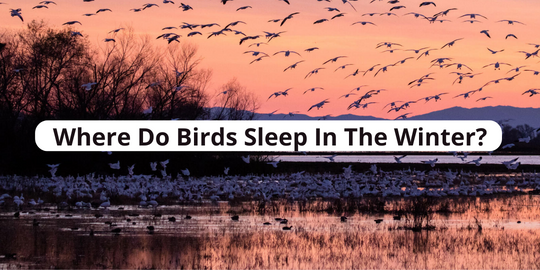Birds are some of the most loyal parents in the animal kingdom, so why would they kill their own babies? The answer isn’t as simple as you think. While it seems unimaginable that any animal would harm their young, parents have been observed doing this across many different species, including eagles, owls, pigeons, and even
Archivos Diarios: septiembre 17, 2024
Raising geese involves choosing a breed, nurturing them, and witnessing their growth: Today you’ll uncover heartwarming surprises and challenges that await you in this delightful, enriching adventure. Raising Geese Geese Are Very Hardy Geese are known for their resilience and can tolerate a wide range of temperatures and weather conditions. They can adapt to different
Introduction When most people think of hummingbirds, they think of the vibrant colors and sweet nectar that the birds love. What many people don’t know is that there is more to hummingbirds than just their looks and diet. In fact, these tiny birds can teach us a lot about resilience in the face of adversity.
The skies are dark and stormy then suddenly there’s a flash of lightning! A magnificent bird becomes visible as it soars through the sky… or so goes the myth. Don’t be fooled by its enchanting appearance, as this bird isn’t believed to bring good fortune. Instead, it’s a symbol of quite the opposite. Far more
Why Do Ducks Have Orange Feet? The short answer is…well, you’ll have to read on to find out! In this article, we’ll explore the fascinating reason behind this peculiar color choice and discover what it says about the habits and lifestyles of ducks. So, come waddle along with us on this colorful journey! Evolutionary History
Here’s 25 STUNNING blue colored birds you must see… 25 Most Beautiful Blue Colored Birds 1. Blue Jays Blue Jays are blue-colored birds native to North America that have bold personalities and make distinct calls. They can be found in parks, gardens, and woodlands, where they hunt for various nuts, seeds, and small insects. Blue
Where Do Birds Sleep in the Winter? Read on to learn where! Where Do Birds Sleep in the Winter? Many bird species migrate to warmer climates during winter, where food is more plentiful. Others, however, stay in their native habitats, surviving on the available resources. Spot #1: Tree Cavities Tree cavities are a popular roosting

